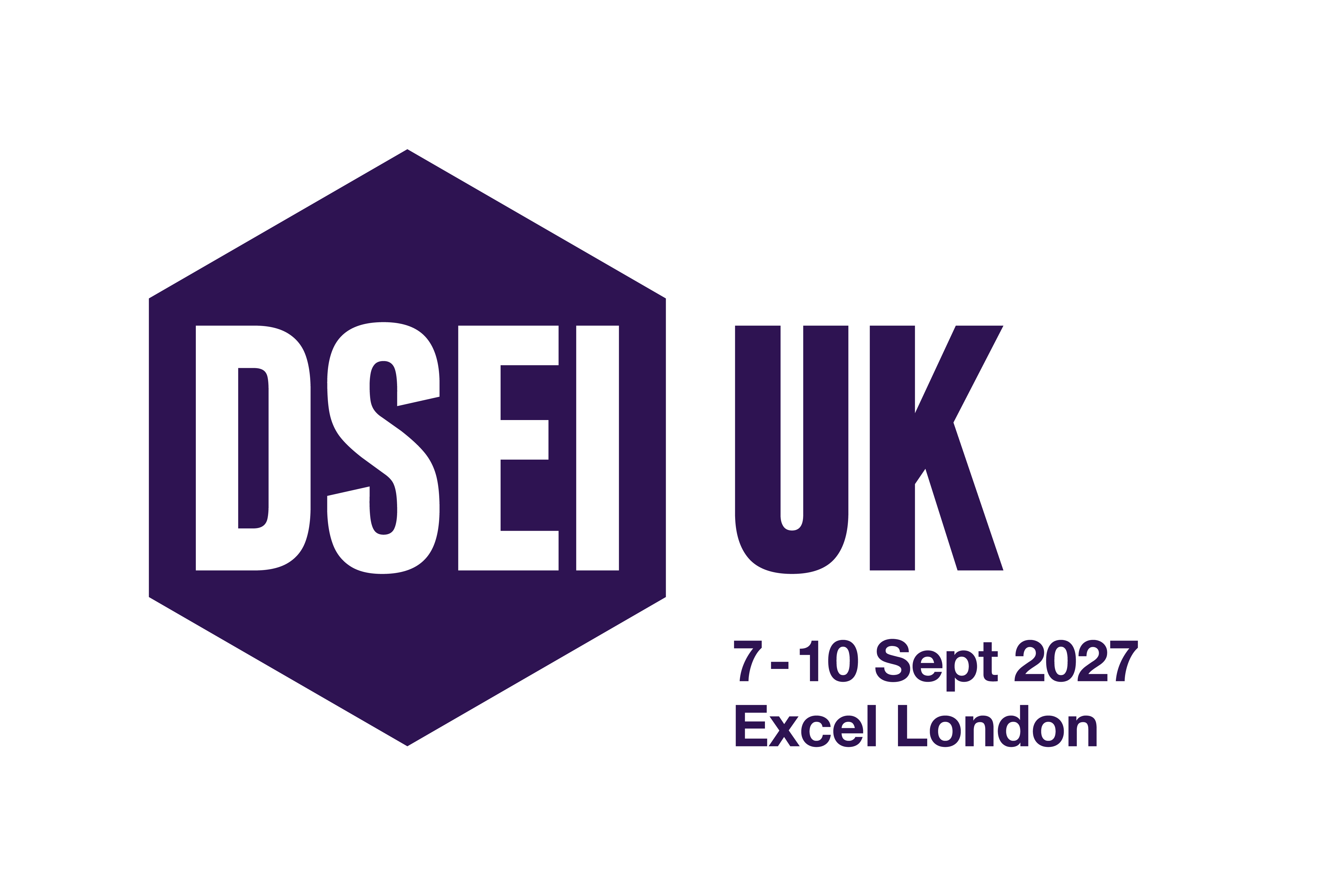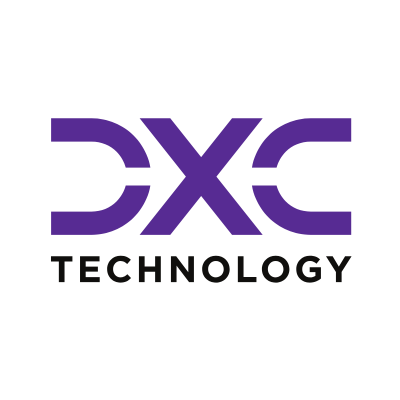NATO members commit to 5% spending target, new strategies unveiled
- Europe
- News
- Joint

Though slightly sidelined because of the new spending target, the strategies are significant, ushering in a new relationship with industry.
NATO members have agreed to increase defence spending to 5% of GDP by 2035 and unveiled a raft of new strategies to accelerate innovation during the NATO Summit in The Hague on 25 June.
The new target, covering 3.5% of core defence spending and 1.5% for defence related infrastructure and industrial capacity, will be reached incrementally with members presenting a yearly report to highlight progress, a NATO press release detailed.
The trajectory and balance of spending will be reviewed in 2029, in light of the strategic environment and updated military capability targets, NATO added.
Despite this new spending target, Spain is widely understood to have opted out, raising concerns of the credibility of the new target. The country currently spends just over 1% of GDP on defence.
The new 2035 threshold is also hotly debated, with countries bordering Russia and Ukraine’s President Volodymyr Zelensky claiming that it’s much too late, warning that Russia could attack Europe sooner.
The Rapid Adoption Action Plan
Along with the new spending target, NATO unveiled several new strategies at the summit. These include a new ‘Rapid Adoption Action Plan’ to accelerate the adoption and integration of technology in defence, and a ‘Commercial Space Strategy’ to strengthen the alliance’s relationship with commercial space partners.
Ahead of the summit, DSEI Gateway heard from key NATO officials about the new Rapid Adoption Action Plan and its key objectives.
“It’s about knitting best practice [from] across the alliance”, John Ridge the Chief Adoption Officer for the NATO Innovation Fund (NIF) said during the briefing.
The plan is separated into two key “layers”: ambitions and initiatives, NATO’s Assistant Secretary General for Innovation, Hybrid and Cyber Jean-Charles Ellermann-Kingombe added in the briefing.
Under the first “layer”, the plan outlines three core ambitions to improve acquisition – risk, pace, and money. Aside from funding, this involves encouraging member states to embrace acquisition risk while ensuring they reduce their development and acquisition cycles to 24 months.
The second layer of the plan comprises a list of 19 initiatives, or what Ellermann-Kingombe described as “policy tools”.
A notable initiative includes setting up new permanent experimentation facilities “on NATO soil”, allowing companies to test their products. These ‘Innovation Ranges’ are being set up based on lessons learned in Ukraine, where companies have gone to test and refine their products, Ellermann-Kingombe explained.
These ranges will initially be situated in Estonia, Finland, Italy, Latvia, the Netherlands and Sweden, NATO announced at the summit.
‘NATO Innovation Badges’ will also be attached to companies that have successfully undergone experimental activities or been involved in exercises such as NATO's Task Force X to demonstrate their level of maturity and readiness, a summary of the plan outlined.
Aside from this plan, NATO unveiled its Commercial Space Strategy to improve its relationship with the sector and better leverage commercial technology.
Some of the most notable recommendations include identifying which areas commercial space services can augment member states' space systems and mainstreaming collaboration with commercial partners across exercises, trials, and demonstrations.
Initiatives
A range of new joint initiatives were also signed at the summit, including the High Visibility Project, which involves jointly acquiring, storing, transporting, and managing stockpiles of critical raw materials. Belgium, Canada, Denmark, Germany, Greece, Italy, the Netherlands, Norway, Poland, Sweden, Turkey, and the UK are all participating in the project.
Another initiative involved Sweden and Denmark joining the Multinational Multi Role Tanker Transport Fleet programme, which allows participating nations the ability to operate NATO-owned aircraft as part of a pooling arrangement.
And finally, Australia was granted access to all activities and services of NATO's Support and Procurement Organisation. Including, acquisition, logistics, operational and systems support and services.
DSEI Gateway News is part of DSEI UK and the broader Clarion Defence portfolio.
Enjoy reading this article? Click here to read more about our upcoming DSEI membership offering...
Tags
- 2035
- 5
- acquisition
- action
- adoption
- commercial
- commit
- companies
- defence
- dsei
- ellermannkingombe
- include
- industry
- initiatives
- innovation
- key
- member
- members
- nato
- natos
- new
- plan
- procurement
- rapid
- relationship
- sidelined
- slightly
- space
- spending
- strategies
- summit
- target
- unveiled
- usher
Providing impartial insights and news on defence, focusing on actionable opportunities.
-
The partnership follows the launch of the joint ‘BraveTech EU’ initiative in July.
-
Solutions must weigh less than 25kg and be capable of non-assisted vertical take-off and landing.
-
Planned purchases include IRIS-T missile systems and launch pads, among other things.


)
)
)
